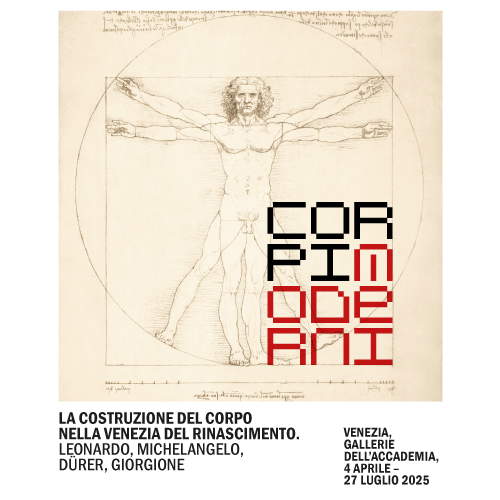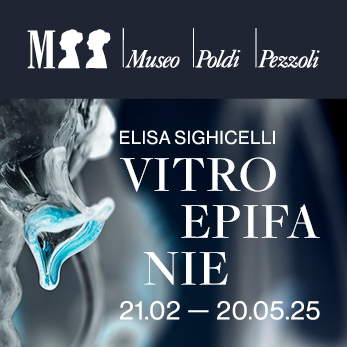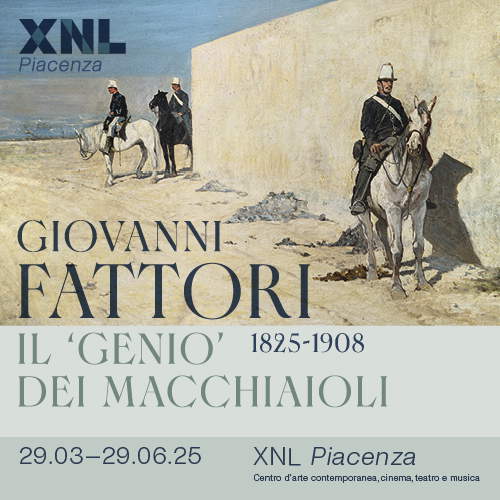Rome, the friendship between Carlo Levi and Piero Martina in an exhibition at the Gallery of Modern Art
The friendship between Carlo Levi(Turin, 1902 - Rome, 1975) and Piero Martina (Turin, 1912 - 1982) is the protagonist of the major exhibition hosted at the Galleria d’Arte Moderna in Rome from April 11 to September 14, 2025, on the occasion of the 50th anniversary of the death of Levi, a painter, writer and intellectual from Turin. Homage to Carlo Levi. Friendship with Piero Martina and the Paths of Collecting, curated by Daniela Fonti and Antonella Lavorgna (Carlo Levi Foundation) and Antonella Martina (Piero Martina Archive) while the section devoted to the Angelina De Lipsis Spallone Collection is curated by Giovanna Caterina De Feo. is in fact dedicated to the long artistic career of the painter, writer and intellectual from Turin, in relation to the human, intellectual and artistic bond entertained with Piero Martina, a painter also from Turin, supported by Levi himself since the early years of his career.
The basis of the exhibition project is the collaboration between the Carlo Levi Foundation in Rome and thePiero Martina Archives in Turin, which has made it possible to reconstruct more than three decades of fellowship between the two artists, based on their shared life experiences in the artistic, political and social spheres (the battle for a European art, the dissidence against fascism, the landing in Rome in the period of post-war reconstruction). More than sixty works from the Carlo Levi Foundation and the Piero Martina Archives, as well as from important cultural institutions and public and private collections, which, despite the very different expressive outcomes in certain seasons, turn out to be united by an identical look of human participation and the desire to investigate the reality of our country. Central to the exhibition project is also Levi’s bond with Rome, the city where he lived permanently from 1945 until his death, and which represented a continuous source of inspiration, as well as a place of civil commitment to be portrayed as the symbol of an Italy in transformation; a city where he also wanted to attract, for a brief season, his friend Martina.
Completing the exhibition is the story of another friendship, the one between Linuccia Saba, daughter of Umberto Saba and Carlo Levi’s companion, and Angelina De Lipsis Spallone, a well-known Roman collector who, since the painter’s death, has enriched her private collection (over 300 paintings) with the acquisition of nineteen previously unpublished paintings by Levi, now visible in the special closing section of the Roman exhibition.
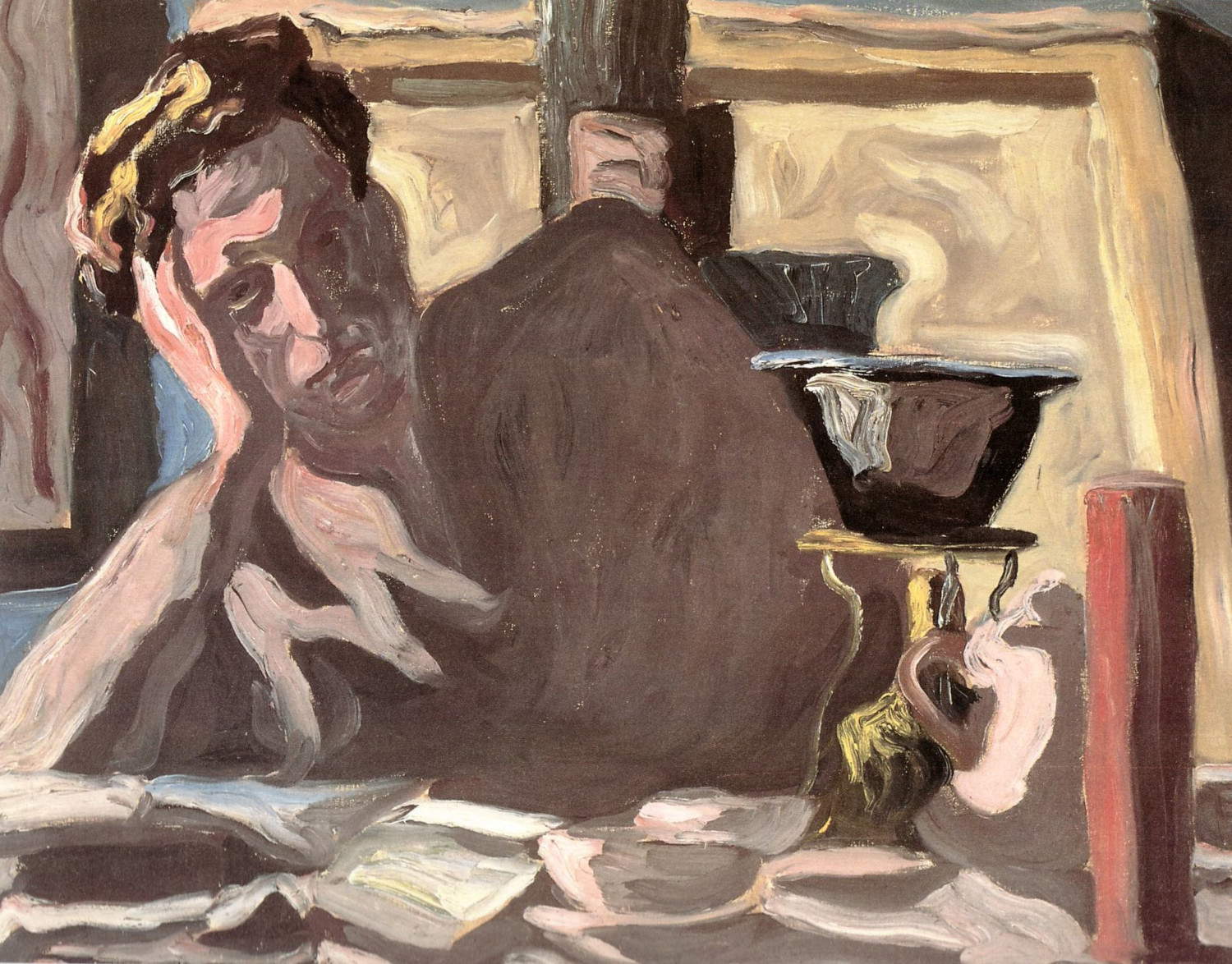
The exhibition itinerary
Carlo Levi was already an established painter when, in the 1930s, the young Piero Martina appeared on the Turin art scene. The bond between the two deepened at Martina’s first exhibition at Galleria Genova in 1938, presented by Levi himself, who supported and encouraged him in his search for an autonomous expressive language. In the first section entitled La formazione, l’ambiente intellettuale torinese, representative works from this period, centered on the figurative culture of the “Six of Turin” group that Levi had helped found, are compared. If the latter’s works are characterized by the landing to a soft and enveloping brushstroke of a more sensual nature(Le officine del gas, 1926; Lelle seduta con cappellino, 1933), Martina’s painting reveals itself as a vaguely colored and iridescent screen that hides things instead of revealing them(Interior of studio with hat, 1937, Figura con maschera, 1938, Ritratto di donna con cappello, 1937).
The second section From Turin to Rome: suggestions, openings, and new research accompanies the visitor through the transition from the Turin period, in which the discreet charm of their city is revealed in the portraits of family and friends, still lifes, and city views made by the two artists(Sunset with the Mole, 1942, by Piero Martina), to the period immediately following characterized by the tragic looming of war and the two’s constant moves. Between 1934 and 1938 Carlo Levi experienced several arrests and confinement in Lucania, persecution by fascist police and racial laws that forced him into a life of continuous nomadism between Italy and France. But opportunities to meet and compare notes with his friend, with whom he shares a common sense of loss following the bombing of their homes in Turin in 1942, are not interrupted. In this same year they make a portrait of each other. From the light, intimist atmospheres of his early works, in the early 1940s Piero Martina moved closer to more anti-academic contemporary languages (the Roman School, for example) and shifted to a firmer, more studied use of color(Girl at Harpsichord, 1940; Roses and Shells, 1942).
Levi, on the other hand, starting from his Lucanian confinement, allowed himself to be captured by social themes by depicting the misery of the peasants of southern Italy, abandoned the transparencies of the previous period and focused on more robust, dense and “wavy” structures that define a space perceived as mobile and transcendent(Self-Portrait with Stove, 1935; Roofs of Rome, 1951).
After a brief Florentine interlude in 1943 and the experience at the 1948 Biennale, in which they both participated, there came a turning point in the early 1950s when Martina, in her 40s, settled in Rome, where Levi had been living since 1945. Together they frequented the lively artistic circles of the capital, the nerve center of a movement to regain the expressive freedoms sacrificed during the twenty-year period and of converging energies from all over Europe, in the arts as well as in literature, cinema and photography. It is The Season of Civil Commitment-the title of the third section of the exhibition-which coincides with a moment of acute social confrontation in the country and with a phase of profound awareness in the two artists, of the role of intellectuals vis-à-vis peasants and the working class. In fact, Martina’s more experimental works related to the themes of working-class labor(La Tessitrice n.2, 1952, La manifattura tabacchi, 1956), and Levi’s rough painting in which he portrays the difficult conditions of the subaltern and peasant classes of the South(Il Ragazzo Aleandro, 1952, Fratelli, 1953, Contadine rivoluzionarie, 1951) belong to this phase.
The long decade of “reconstruction” gives way, in the 1960s and beyond, to more personal research on the part of the two artists, away from the contemporary debate. The fourth section, The Nude and the Landscape, Engaging Themes, welcomes some works from their last painting seasons, dominated by a similar thematic horizon in which a renewed interest in nature prevails, a vague Eden populated by nudes and silhouettes, ancient gods and unexpected apparitions. Again, however, the pictorial rendering is almost at the opposite extreme: figures in the foreground, thinned and indecipherable, characterize Martina’s paintings, whose painting-whether it focuses on the depiction of landscapes or bodily nudes-seems to withdraw from the background to appear as an indissoluble union of light and color (as in Southern Landscape, 1949 and Trees and Nudes in the Green Vineyard, 1961). In contrast, Levi experiments with a dense and sultry subject matter, a representation of a dramatic and dreamlike plant world. The smoothly colored nudes and landscapes of his youthful years now give way to complex works such as Furious Women of 1934 or Trees of 1964.
Concluding the exhibition is The Works of Carlo Levi in the Collection of Angelina De Lipsis Spallone. A physician and art lover, Angelina De Lipsis Spallone (1926-2020) was a collector with a keen eye for the best national and international art of her time. Part of this collection is an important corpus of nineteen previously unpublished paintings by Carlo Levi, exhibited now for the first time, acquired through her friendship with Linuccia Saba, Umberto’s daughter and Levi’s companion during his Roman years. The collection of Levi’s works tells almost the entire story of the artist’s career: from his beginnings, with the Still Life of 1926, the Little Nude of a little later or the youthful Self-Portrait in Pink of 1928, to the 1930s, marked by the experience of the “Six of Turin”(The Woman on the Couch, the Portrait in the Deckchair (Francesca) and the Woman with the Little Dog) and by the expressionistic influence on some of his works(The Shell Gatherer, the Nude of Palazzo Altieri and a Still Life). Also from this period is The Nude of a Woman bearing on the verso Woman with a Hat, an intense portrait of Paola Olivetti. This is followed by the neo-realist turn of the 1950s with the Lucania Cycle represented by the painting The Mother, and then concludes the section with the last pictorial seasons of the 1960s and 1970s represented by the trees and views of the Alassio Cycle(The Vineyard, The Landscape of Alassio with Bonfire, The Harrow and the Tools) and by the paintings of the Lovers series, a theme developed by the artist as early as the 1930s and which became very recurrent in the last two decades of his career, with the profiles of a man and a woman merging, joining in a single embrace.
The initiative is promoted by Roma Capitale, Assessorato alla Cultura, Sovrintendenza Capitolina ai Beni Culturali, in collaboration with Fondazione Carlo Levi, Archivio Piero Martina and the Collezione Angelina De Lipsis Spallone. Catalog: Silvana Editoriale. Organization Zètema Progetto Cultura. The exhibition is part of the programming, launched in 2024, with which the Capitoline Superintendency celebrates the centenary of the establishment of the Gallery of Modern Art (1925-2025).
For all information, you can visit the official website of the Gallery of Modern Art in Rome.
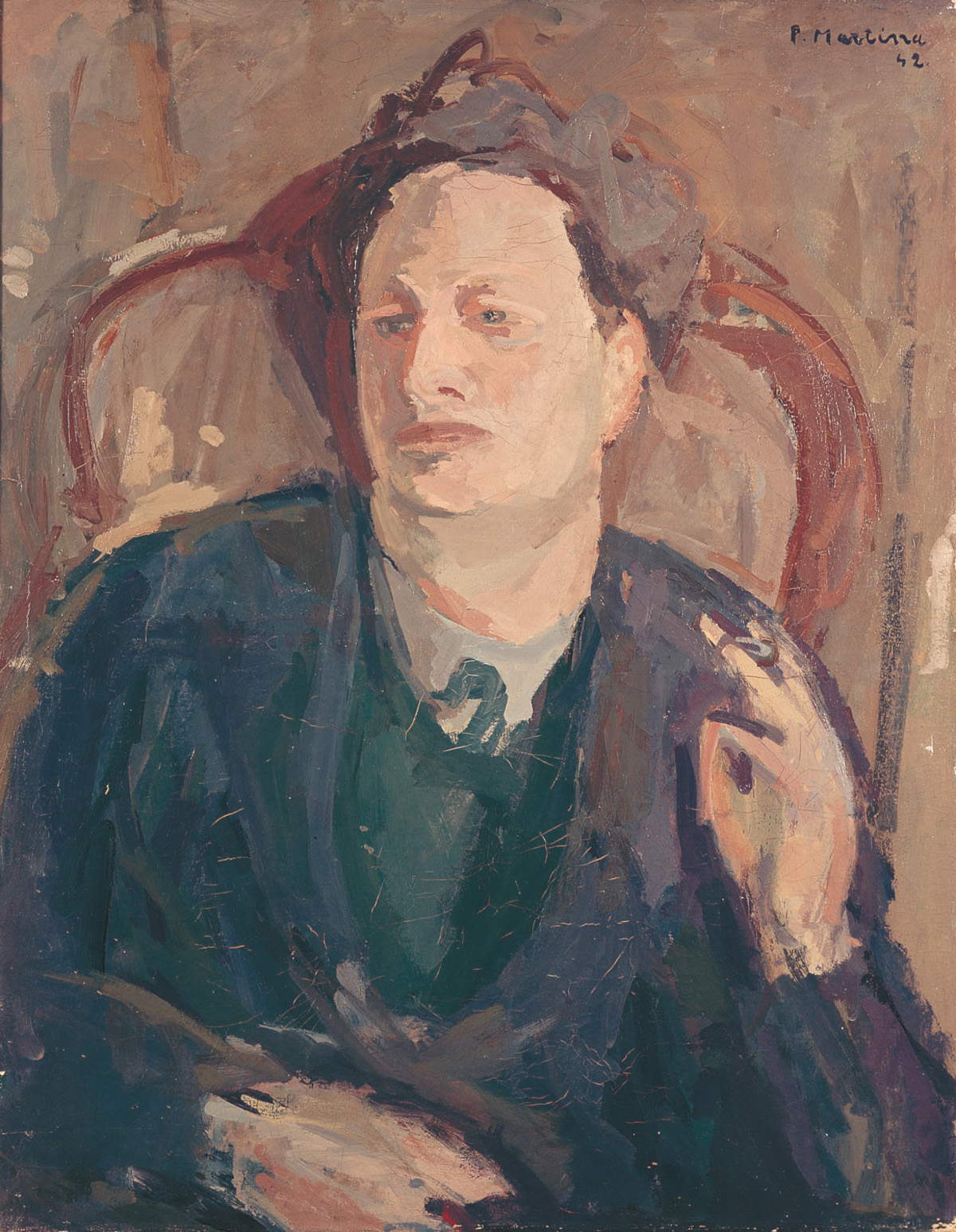
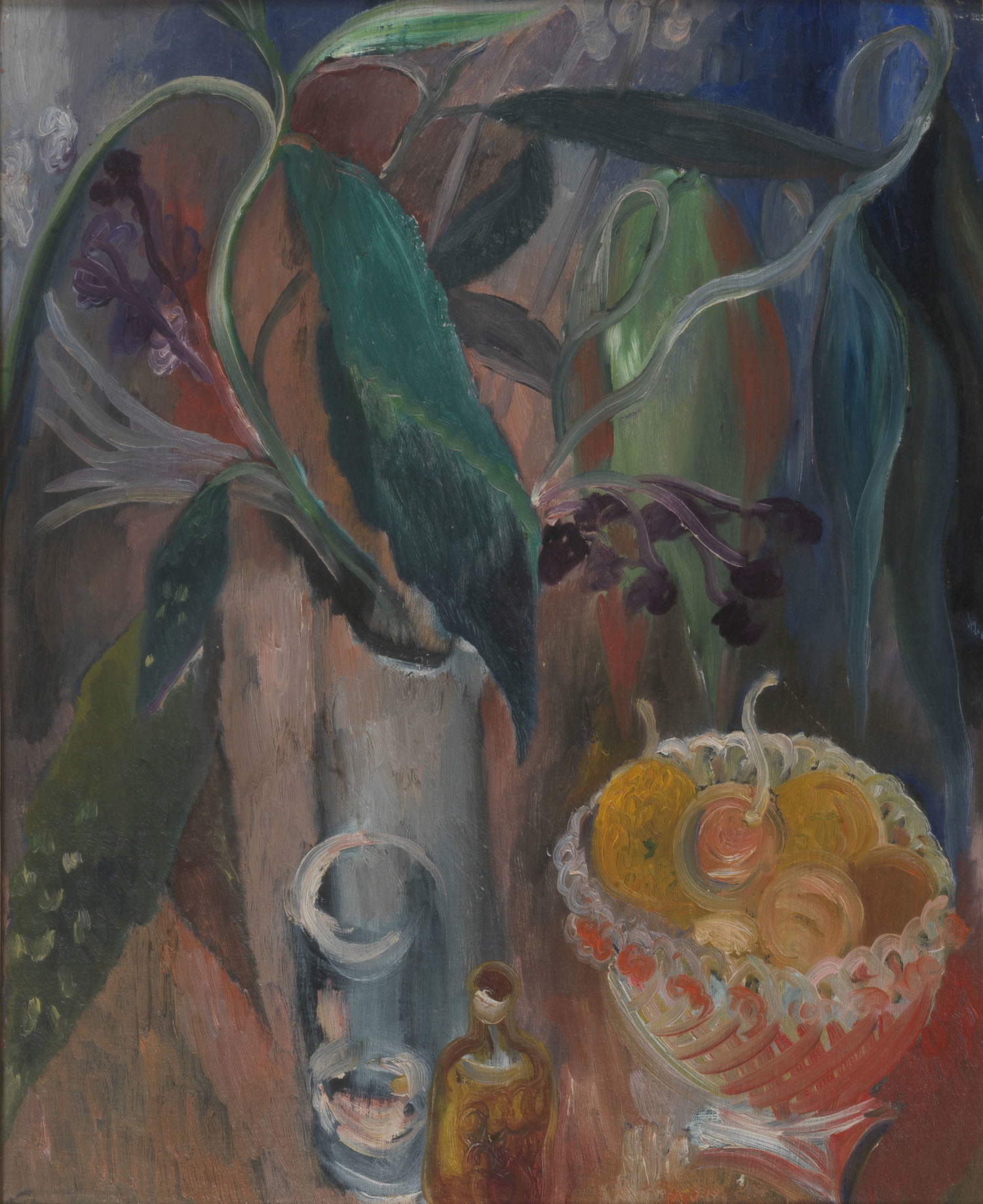
 |
| Rome, the friendship between Carlo Levi and Piero Martina in an exhibition at the Gallery of Modern Art |
Warning: the translation into English of the original Italian article was created using automatic tools. We undertake to review all articles, but we do not guarantee the total absence of inaccuracies in the translation due to the program. You can find the original by clicking on the ITA button. If you find any mistake,please contact us.





